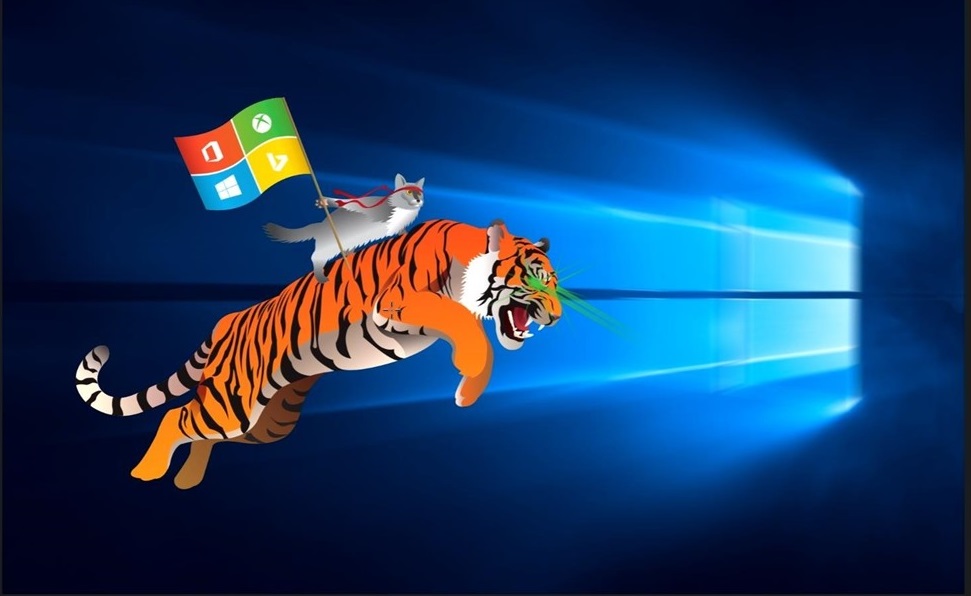
Desktop Windows is no longer limited to the x86 architecture. Qualcomm has just announced that their ARM-based Snapdragon processors will be able to run full Windows 10.
“Bringing Windows 10 to life with a range of thin, light, power-efficient and always-connected devices, powered by the Qualcomm Snapdragon platform, is the next step in delivering the innovations our customers love—touch, pen, Windows Hello, and more—anytime, anywhere,”
— Terry Meyerson, Executive VP of Windows
The last time Windows ran on ARM processors was when Microsoft launched their first Surface tablets in 2012; Surface Pro and Surface RT with Surface RT being the ARM device. Surface RT ran a Windows version made for ARM called Windows RT. The weird name was a bad idea, but the concept wasn’t; however, many factors kept the new technology from being adopted. Calling the operating system Windows in the first place made things confusing for consumers especially when they expected Windows RT to run their favorite programs, but can only run a few full-screen Windows 8 apps. Windows RT even had a desktop mode that can only run Office and that was it. Then there was the app gap as developers were hesitant to jump into the new platform and practically abandoning it altogether. Windows 8’s sudden and confusing transition from desktop to touch didn’t help and dragged Windows RT down further. Madobe Ai and Madobe Yuu didn’t stand a chance. Windows is still present on ARM devices but as the not-so-popular Windows 10 Mobile. Modern tablets no longer run Windows RT, but Windows 10 Mobile continues its tradition on smaller screens. Many tablets now run full Windows 10 but only on Intel x86 devices.
Fast-forward to the present, full Windows 10 is no longer limited to x86 processors as ARM processors continue to become powerful enough to support it. However, ARM’s instruction set remains incompatible to legacy desktop apps, so this version of Windows 10 can run legacy apps through emulation. What about native apps? Microsoft’s new Universal Windows Platform (UWP) generates apps for both x86 and ARM architectures.
Windows is all about legacy as it has over 20 years of it, and it remains important for people that use and develop the operating system. They expect any new version of Windows to be able to run their favorite apps and games, even those bought and developed ten years ago thus the confusion with Windows RT. There’s also this little problem where many developers remain reluctant to develop with UWP. For them, there’s little profit in doing so because Windows hardly has a presence in ARM mobile devices. Through successful emulation, traditionally developed apps for x86 will be able to run on ARM devices.
Despite limited UWP adoption, this new development enables Desktop Windows to gain a foothold in the ARM-based landscape. Consumers more familiar with Windows than with Chrome and Android can purchase less expensive laptops with ARM processors. Consumers will be able to purchase ARM-based tablets with Windows 10 and install their favorite apps and games. Actually, they already can as some tablets and laptops can dual-boot Windows 10 and Intel-based Android. This option will remain open despite Intel limiting their Atom production.
Another significance of this move is that it will enable Microsoft’s Windows’ Continuum program to run in full swing in future devices without the limitations and apparent slowness seen in current devices. One of those devices will be the rumored Surface Phone. Imagine the Surface Phone connected to a screen running a full desktop version of Office 2013 (being modest with emulation). An older version but still powerful and full-featured. The phone can even run other useful legacy apps including enterprise apps developed by the users’ respective companies. And as the x86 platform continues to dwindle and is supposedly dead as many pundits say, fully enabling Windows for ARM devices is a wise move. It’s also a wise move for Qualcomm for adding this capability for a small slice of the Windows pie.

